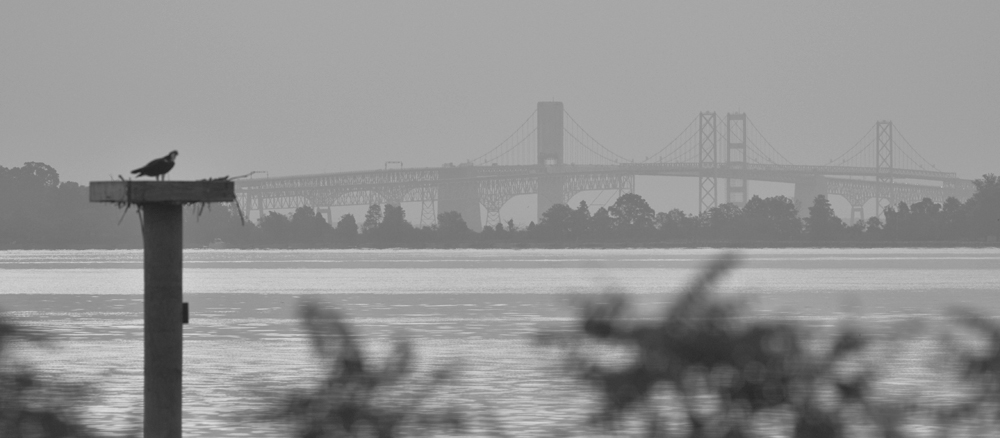We had nice weather all day today, for a change. I went back to Wooton in hope of seeing an uptick in migration, and it paid off. There was a good variety of birds in good light, and one of my favorite warblers posed, albeit briefly.
A moth and a butterfly also came in view, as well as a beaver, who startled me as I approached the marsh. A beaver entering the water makes a loud noise.

Cornell:”Part bird, part submarine, the Pied-billed Grebe is common across much of North America. These small brown birds have unusually thick bills that turn silver and black in summer. These expert divers inhabit sluggish rivers, freshwater marshes, lakes, and estuaries. They use their chunky bills to kill and eat large crustaceans along with a great variety of fish, amphibians, insects, and other invertebrates. Rarely seen in flight and often hidden amid vegetation, Pied-billed Grebes announce their presence with loud, far-reaching calls.”





















